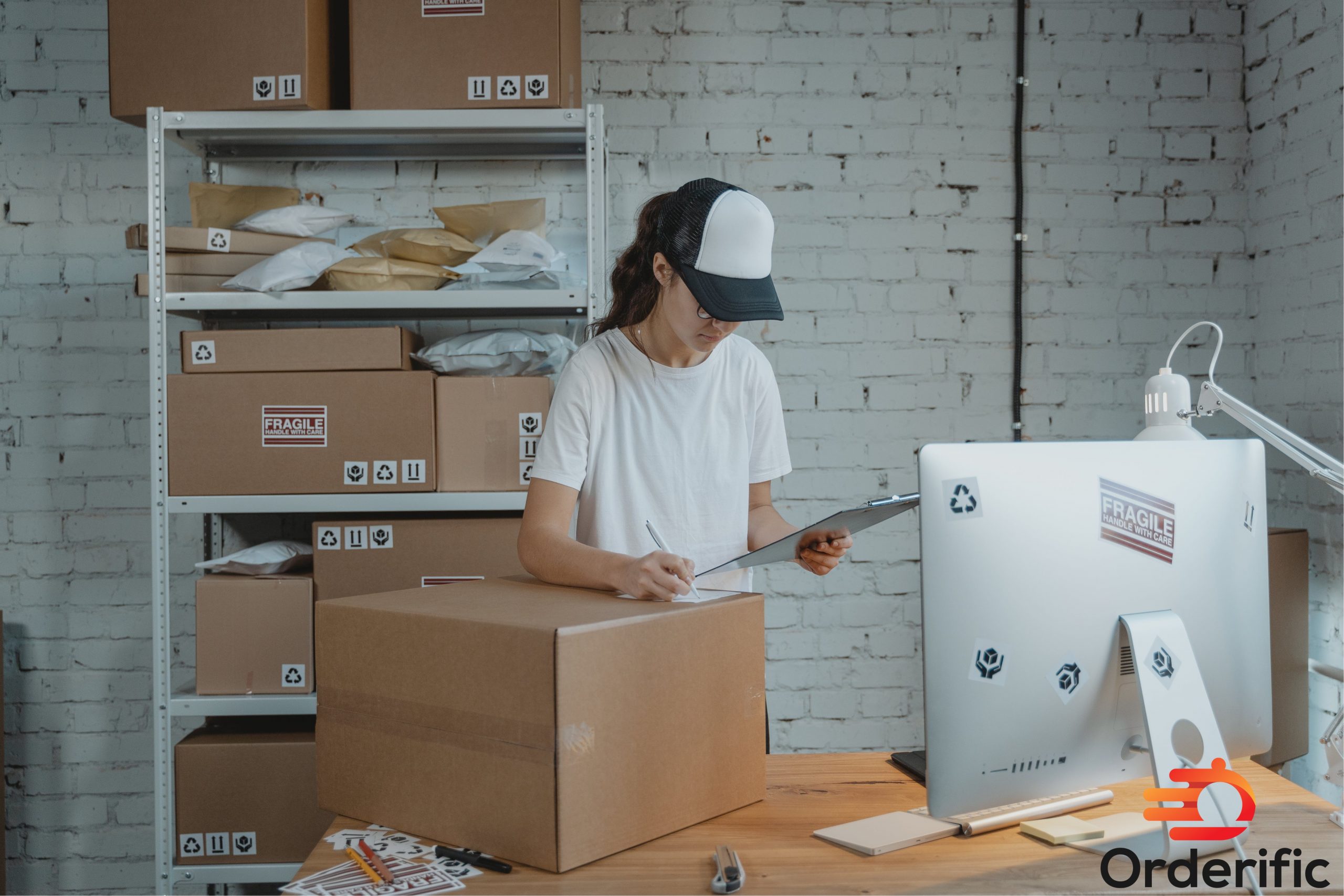Introduction
In the world of procurement and inventory management, a Purchase Order (PO) number is a vital tool for businesses, both large and small. This unique identifier plays a critical role in organizing and managing purchases, ensuring efficient and streamlined operations. A PO number is a key element of a purchase requisition, serving as a reference point for the entire purchase order process. It forms a bridge between the supplier, purchase orders, invoices, and payment terms, thereby eliminating the possibility of duplicate orders. This article delves into the importance of PO numbers, their integral role in the procurement process, and their impact on the effective management of accounts payable. Understanding the significance of the PO number can help businesses fortify their purchasing process, enhance supplier relationships, and achieve optimal inventory levels, all while maintaining accounting accuracy.
PO Number Definition And What Is A PO Number?
A Purchase Order number, or PO number, is a crucial component of the procurement process, particularly for small businesses. This unique identifier, embedded in every purchase order, is central to inventory management, acting as a tracking tool across purchase requisitions, invoices, and payment terms. Each PO number ties directly to a specific purchase, facilitating the tracing of orders and preventing duplicate orders from disrupting operations.
The use of a PO number simplifies the procurement process, making it easy to manage purchase orders in accounting software. When a purchase requisition is created, a PO number is assigned, which is then used on the invoice for that purchase, providing a clear link between order, delivery date, and payment. This streamlines accounts payable, helping businesses maintain accuracy in their financial records.
A sales order, work order, or packing slip may also carry a PO number for reference. While these documents serve different functions in the purchasing process, the presence of the PO number maintains continuity and clarity. The invoice number might be different from the PO number, but both are essential for complete, easy-to-follow documentation.
PO numbers are also crucial in establishing and managing supplier relationships. They allow businesses to set clear payment terms, maintain accurate inventory levels, and ensure that there’s no confusion about what has been ordered, when it’s expected, and how payment will be handled.
Where Is the Purchase Order Number Located?

The Purchase Order (PO) number can typically be found at the top of a PO invoice, an essential document in the purchasing process. This unique identifier is crucial, especially for small businesses engaged in procurement and inventory management. The PO number facilitates tracking across the purchase requisition, invoice, and agreed payment terms.
In the scenario of a sales order, work order, or packing slip, the PO number serves as a constant reference. Although the invoice number may differ from the PO number, both are vital for clear, concise documentation.
Essential to the procurement process, the PO number contributes significantly to managing purchase orders within accounting software. It helps prevent duplicate orders, which can disrupt operations, and simplifies the purchasing process.
The importance of the PO number extends to fostering supplier relationships. It aids in setting precise payment terms, maintaining inventory accuracy, and ensuring clarity about order details, including the delivery date.
4 Reasons Why PO Numbers Are Important
1. Tracking Transactions
One of the primary reasons why PO numbers are essential is their ability to track transactions effectively. They act as a reference point for every purchase, allowing businesses to monitor each step of the procurement process. From order placement to payment completion, the PO number facilitates traceability, ensuring a transparent, orderly, and efficient process. It significantly reduces the risk of errors and disputes, adding an extra layer of security to transactions.
2. Improve The Supply Chain
The PO number serves as a lynchpin in the supply chain management, fostering improved coordination and communication between businesses and suppliers. It enables an efficient flow of goods, from order placement to delivery, enhancing the overall efficiency of the supply chain. Furthermore, the transparency facilitated by the PO number allows for robust supplier performance evaluation, fostering stronger relationships, and optimizing supply chain operations.
3. Develop Supplier Relationships
The PO number, being a cornerstone in the procurement process, plays a significant role in nurturing and enhancing supplier relationships. It serves as a clear communication tool, ensuring that purchase details, delivery expectations, and payment terms are well-understood by both parties. By fostering clarity and reducing potential disputes, PO numbers help in building trust and strengthening partnerships with suppliers, which can lead to better terms, improved service, and a more reliable supply chain over time.
4. Auditing
PO numbers function as a critical tool in auditing, making it simpler and more effective. They provide a trail of data for every transaction, from the order’s initiation to its final payment. Hence, This data helps in keeping financial records clear, accurate, and consistent. With the help of PO numbers, businesses can efficiently spot discrepancies, prevent fraud, and ensure compliance with regulatory standards.
How To Create A Purchase Order Number
1. Manually
Creating a Purchase Order number manually involves a straightforward process. Businesses typically use a sequence of numbers or a combination of letters and numbers to create a unique identifier. The key is to ensure each PO number is distinct, avoiding any duplication. This number is then thoroughly documented in both the buyer’s and seller’s records, serving as a reference throughout the purchase process, from order placement to payment completion.
2. Automatically
Creating a Purchase Order number automatically leverages modern technology, often using accounting or procurement software. So, These systems generate unique PO numbers for each new purchase order, eliminating the risk of duplication. Furthermore, They also record the number and all associated order details, streamlining the management of orders, deliveries, and payments. This method is more efficient and reduces manual errors, making it a preferred choice for many businesses.
Conclusion
PO numbers are undeniably a fundamental cog in the wheel of the procurement process, offering benefits that span beyond just tracking and documenting transactions. Hence, They facilitate clear communication, improve supply chain efficiency, foster stronger supplier relationships, and provide valuable assistance in auditing. Regardless of whether your business is small or large, understanding and using PO numbers effectively can greatly simplify your procurement processes and enhance your financial accuracy.
If you’re seeking to streamline your procurement process further, consider automating your purchase order system. Automation reduces human error and saves time, allowing you to focus more on strategic aspects of your business. One such platform that can help you with this is Orderific. With Orderific, you can automate your purchase order system, enhance your supplier relationships, and ensure a smoother, more efficient supply chain.
So, We invite you to book a demo and see how Orderific can revolutionize your procurement process by effectively managing your PO numbers.
FAQs
Is a PO Number and Invoice Number the Same?
No, a PO number and Invoice number are not the same; they serve different purposes in the procurement process.
Is a Purchase Order Legally Binding?
Yes, a Purchase Order is legally binding, serving as a contract between the buyer and the seller.
Is the PO Number the Order Number?
Yes, the PO number generally acts as the order number in the procurement process.
How Many Characters Is a PO Number?
A PO number typically ranges from 4 to 20 characters.
When Should I Create a PO Number?
A PO number should be created at the time of initiating a purchase order.













